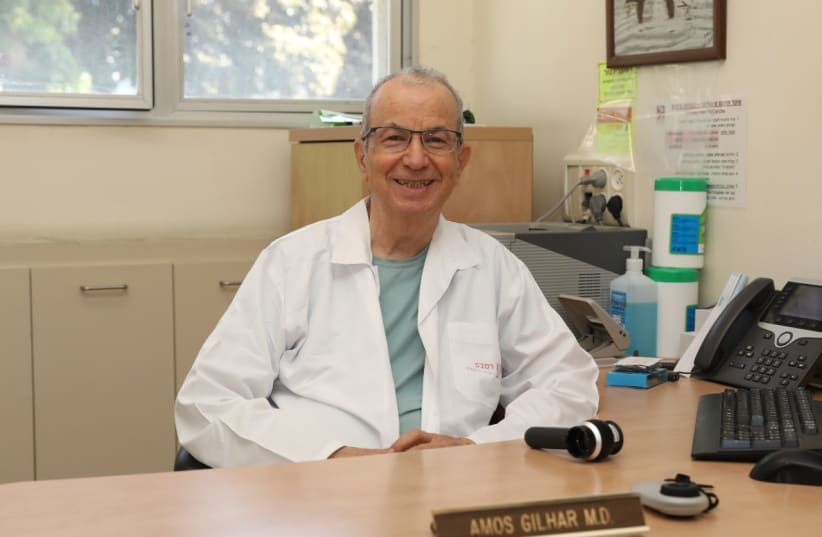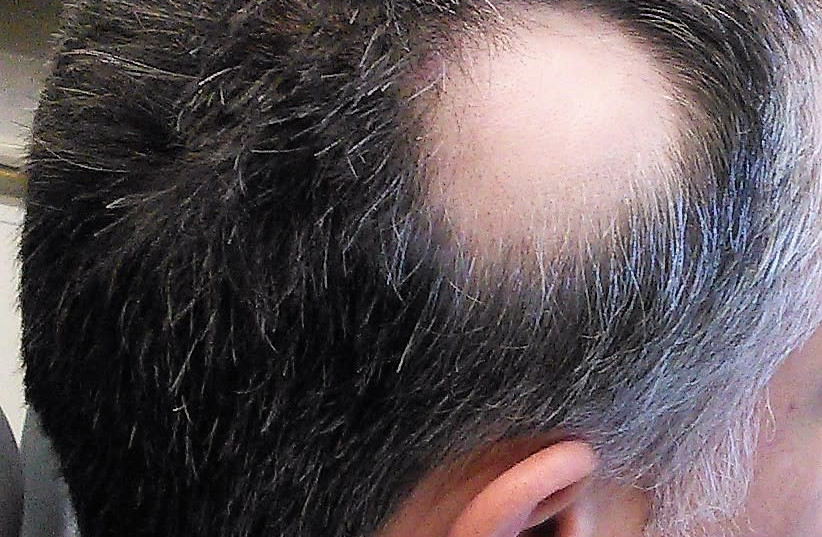Haifa researchers have found a non-genetic cause for alopecia areata baldness, which triggered the surprising incident at the the 94th Academy Awards in which actor Will Smith slapped comedian Chris Rock after he joked about Smiths wife’s shaved head because of the autoimmune disease.
About one person in 50 – equally in men and women –will suffer from alopecia areata at some point in their life. The condition can develop at any age, although most people are diagnosed for thefirst time before the age of 30. In recent years, more and more research evidence has accumulated on the source of the autoimmune disease in an inflammatory process caused by cells that develop in patients with genetic predisposition that attack the hair follicle at its growth stage and results in the collapse of the immune system that characterizes it.
But a new study at the dermatology department at the Rambam Healthcare Campus and the skin research lab at the Technion-Israel Institute of Technology’s Rappaport Faculty of Medicine has found evidence of another source – involvement of innate lymphoid cells-type 1 (ILC1) – that can cause its outbreak among people who do not belong to the high-risk group.
It has just published in the online journal e-Life under the title “Involvement of ILC1-like innate lymphocytes in human autoimmunity, lessons from alopecia areata.”
A common skin disease that breaks out when the immune system attacks and harms the hair follicles, after accidentally recognizing the body’s tissue as a foreign tissue, it causes baldness on largeareas of the scalp, and in more severe cases, there is body-hair loss on larger and other places, as well as itching and a feeling of burning in the affected areas. There is no cure, but last June, the US Food and Drug Administration (FDA) approved a first drug to treat severe cases of the condition – baricitinib (Olumiant).
Olumiant is a Janus kinase (JAK) inhibitor that blocks the activity of one or more of a specific family of enzymes, interfering with the pathway that leads to inflammation. It restored hair growth in 25% to 35% of patients but also causes side effects.
Rambam and Technion researchers found evidence of another source
In recent years, more and more research evidence has accumulated on the source of the autoimmune disease in an inflammatory process caused by cells that develop in patients with genetic predisposition, which attack the hair follicle at its growth stage and results in the collapse of the training that characterizes it. However, a new study common to Rambam and the Technion has found evidence of another source, which can cause the outbreak of the disease among people who do not belong to the risk group.
The conventional hypothesis is that CD8 cells are responsible for the disease. But in a study conducted by a team led by Prof. Amos Gilhar and in collaboration with researcher Dr. Aviad Keren and Professor Dr. Rimma Laufer- Britva , another group of cells was found that so much was unknown to its involvement in the disease. LC-1 constantly secretes a variety of proteins that usually attack external factors that invade the tissues they are in,” explained Gilhar.
Thus, the classic lymphocyte cells, those that used to be regarded as solely responsible for the onset of the disease, are not alone.
As part of the research experiments, the team transferred these cells to a healthy scalp and then transplanted on unique mice. Exposing hair follicles from a completely healthy source to ILC-1 cells caused the secretion of a high level of interferon gamma, a material known as a major part in causing hair loss leading to alopecia areata – so there is not a single route, in which genetics and classical immune cells play an exclusive role, but several pathways, said Gilhar.
The journal editor commented that the study provides “compelling evidence that injection of ILC1-like cells induces alopecia in a mouse model grafted with human hair follicle-containing skin and will be of interest to immunologists, skin biologists, and scientists interested in autoimmune disorders” and eventually leading to better treatment of alopecia areata.

